Tucked between England’s rolling hills and winding country lanes lie villages frozen in time. These hidden gems tell stories of medieval markets, Tudor merchants, and Victorian innovations through their ancient stone cottages and cobbled streets. While cities rush forward into the modern age, these precious pockets of history keep their old-world charm alive, offering visitors a chance to experience life as it was centuries ago.
Time moves differently in these special places, where ancient church bells still mark the hours and village greens host centuries-old traditions. Let’s explore some of England’s most enchanting historic villages, where the past isn’t just remembered—it’s lived every day.
Castle Combe
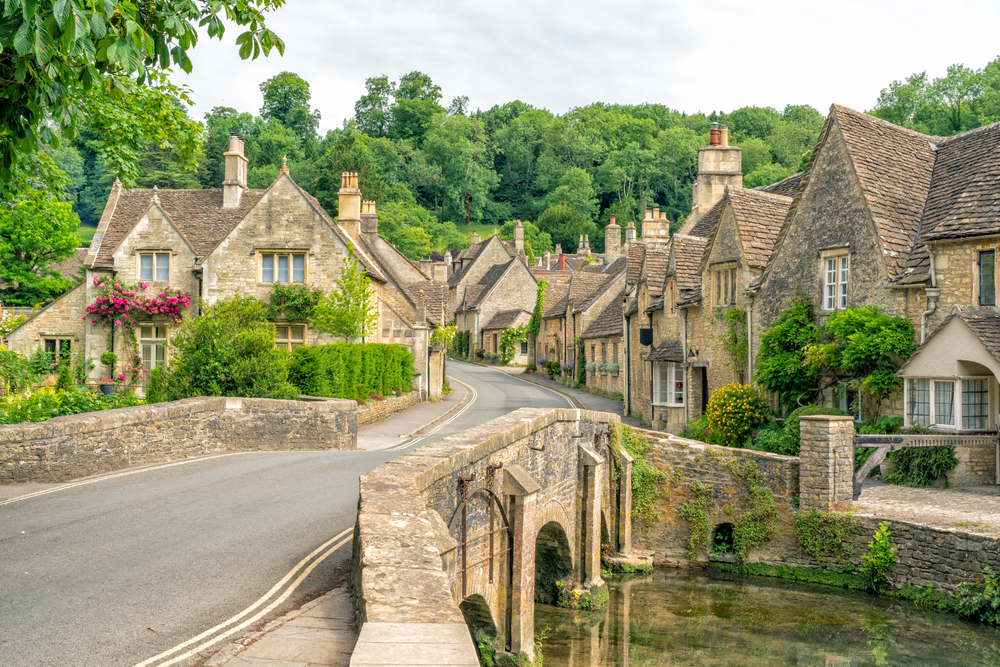
Often called England’s prettiest village, Castle Combe sits quietly in Wiltshire’s peaceful Cotswolds region. Its honey-colored limestone cottages have remained unchanged since they housed medieval weavers who made the village rich from the wool trade.
The ancient market cross still stands in the heart of the village, surrounded by buildings that look exactly as they did 500 years ago. The village’s timeless beauty makes it a favorite for film crews, with the whole place looking like a ready-made movie set.
Lacock
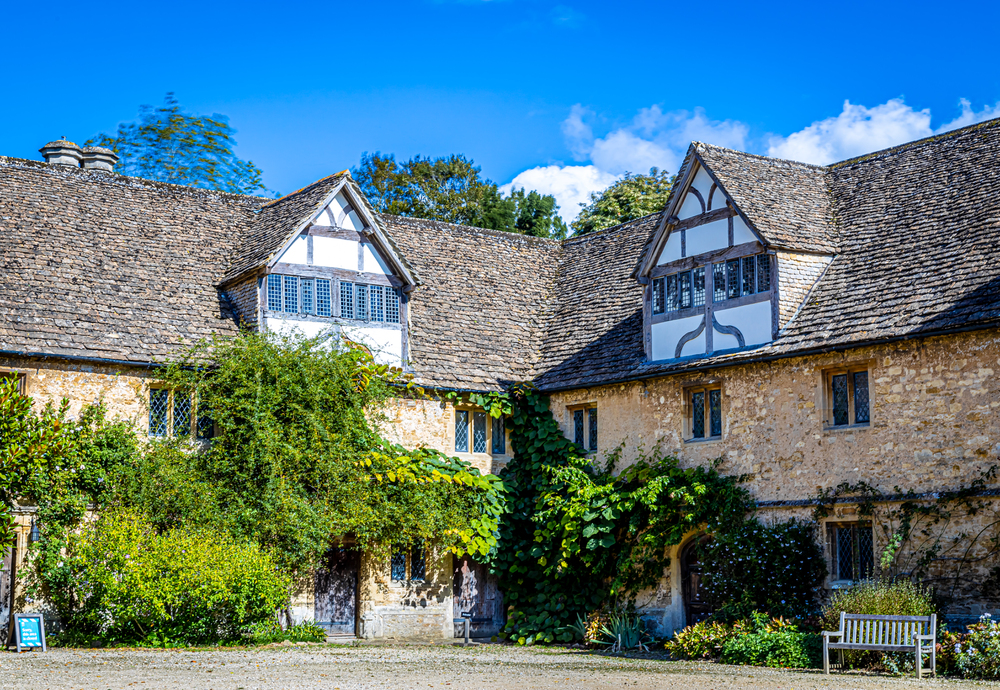
Lacock’s perfectly preserved medieval streets transport visitors straight back to the 1200s. The entire village is owned by the National Trust, ensuring its authentic Tudor buildings stay exactly as they were hundreds of years ago.
Lacock Abbey, founded in 1232, dominates the village with its mix of medieval and Gothic architecture. The village’s old-world atmosphere has made it a popular filming location, appearing in many period dramas and famous wizard movies.
Like Travel Pug’s content? Follow us on MSN.
Bibury
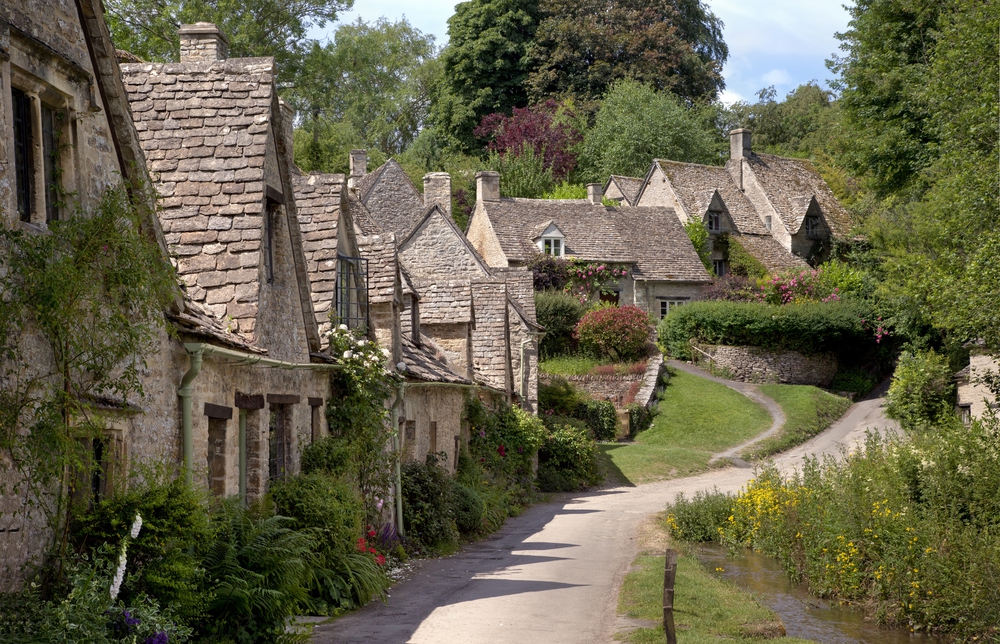
The gentle River Coln flows past Arlington Row, a line of weaver’s cottages that grace British passports. These 14th-century buildings, with their steep-pitched roofs and honey-colored stone, represent the perfect Cotswold scene.
The nearby water meadow, known as Rack Isle, once held racks where wool was dried after washing in the river. Bibury’s timeless beauty prompted William Morris to call it ‘the most beautiful village in England.’
Polperro
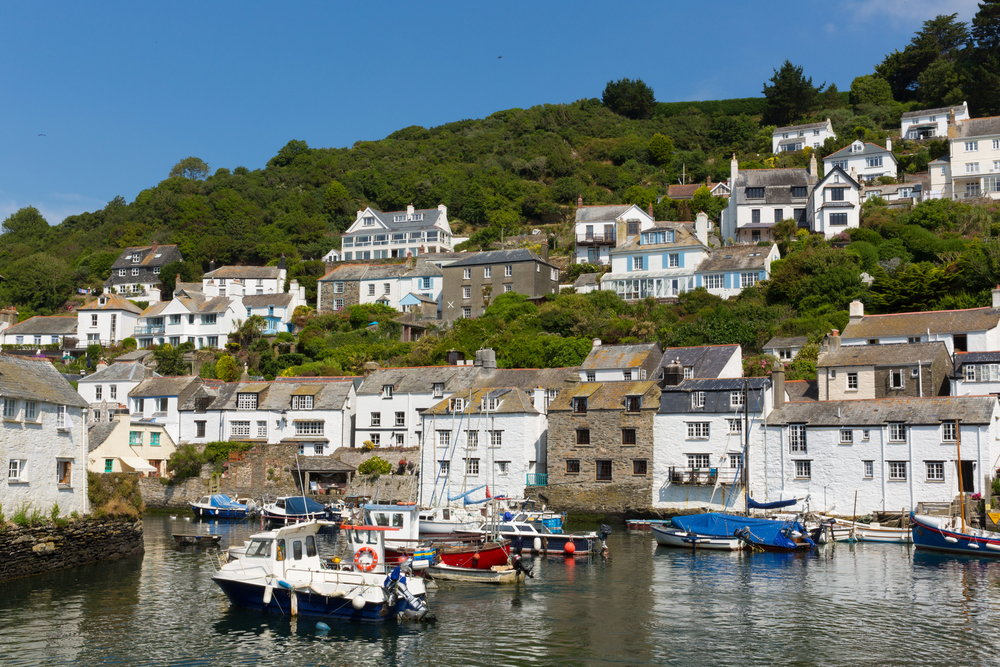
This Cornish fishing village clings to steep hillsides around a tiny harbor that has barely changed in 800 years. Ancient cottages crowd together along narrow streets so tight that no cars can pass.
Local fishermen still head out to sea each morning, keeping traditions stretching back centuries alive. The village’s smuggling museum tells stories of daring nighttime raids and hidden tunnels that once stored contraband.
Hawkshead

Nestled in the Lake District, Hawkshead’s whitewashed buildings and cobbled squares exude old-world charm. The village’s connection to Beatrix Potter draws visitors to its tiny streets, where time seems to stand still.
Medieval archways and ancient doorways lead to unexpected courtyards and quiet corners. The old grammar school where William Wordsworth studied still stands proud among the village’s historic buildings.
Like Travel Pug’s content? Follow us on MSN.
Lower Slaughter
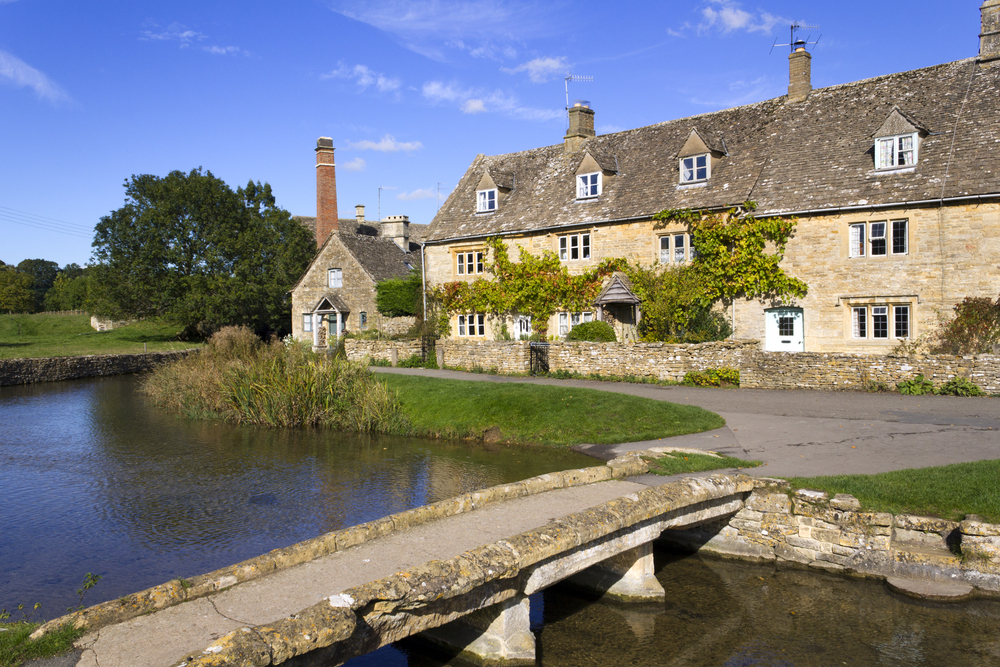
The gentle River Eye flows through this peaceful Cotswold village, passing under tiny footbridges and past an old mill. Local limestone glows golden in the sunlight, making every building look like it’s been dipped in honey.
The village’s name comes from the Old English ‘slohtre,’ meaning ‘muddy place,’ though today it’s anything but. The 19th-century water mill, complete with its original wheel, stands as a reminder of village life from years gone by.
Dunster
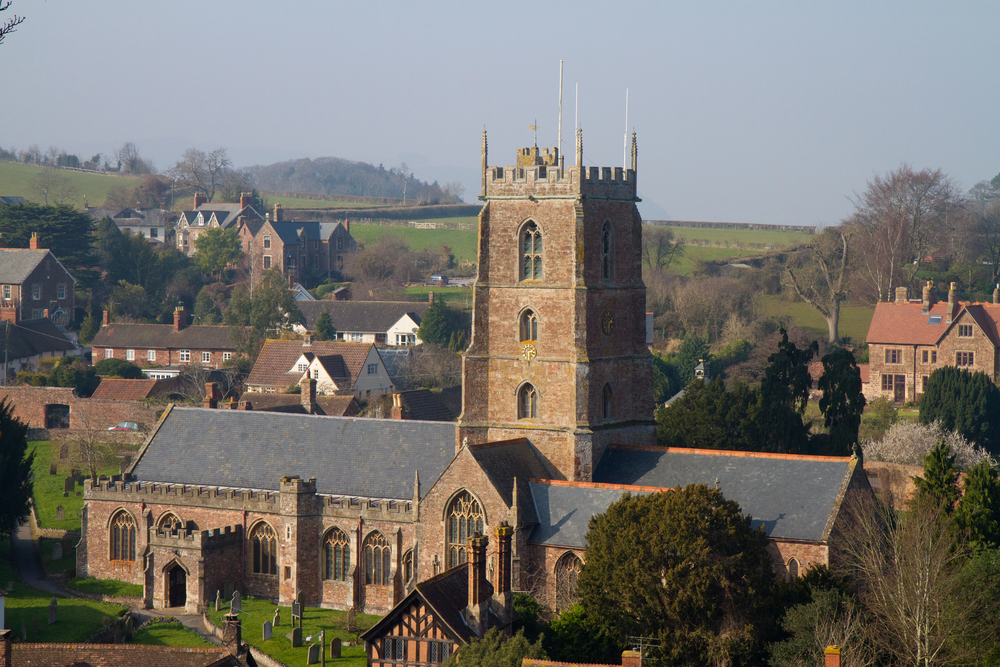
Medieval Dunster is on the edge of Exmoor, in the shadow of its impressive castle. The village’s octagonal Yarn Market, built in 1609, reminds visitors of its prosperous wool trade past.
Dunster’s wide main street hosts buildings spanning seven centuries of architectural history. The ancient Gallox Bridge still carries travelers across the river, just as it did in the 15th century.
Kersey
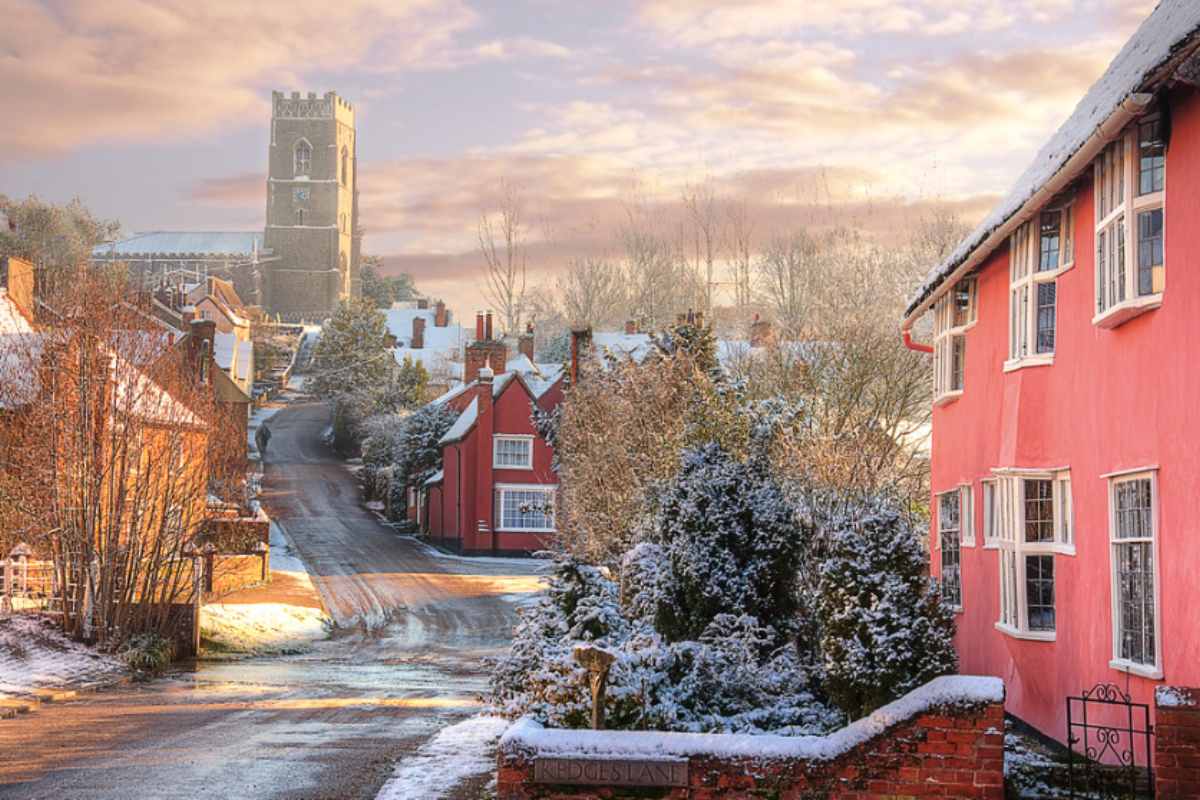
This Suffolk gem sits in a valley with a ford running through its main street, known locally as ‘the Splash.’ The village’s medieval church watches over a scene that’s barely changed since the 1400s.
Timber-framed houses lean at odd angles, creating perfect photo opportunities on every corner. The Bell Inn has served ale to thirsty travelers since Kersey was famous for its wool cloth.
Like Travel Pug’s content? Follow us on MSN.
Corfe Castle
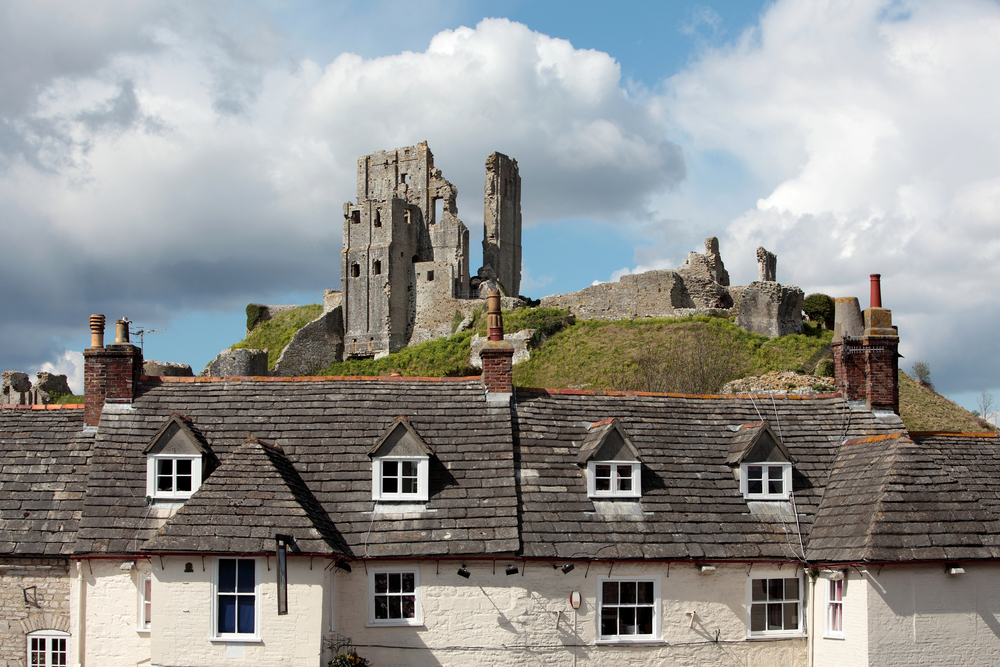
The village shares its name with the dramatic ruined castle towers above it on a natural hill. Greystone cottages line the streets of this Dorset settlement that grew up in the castle’s protective shadow.
The village square still hosts markets just as it did in medieval times, surrounded by buildings that tell stories of centuries past. Steam trains puff their way past the village, adding to the feeling of stepping back in time.
Staithes
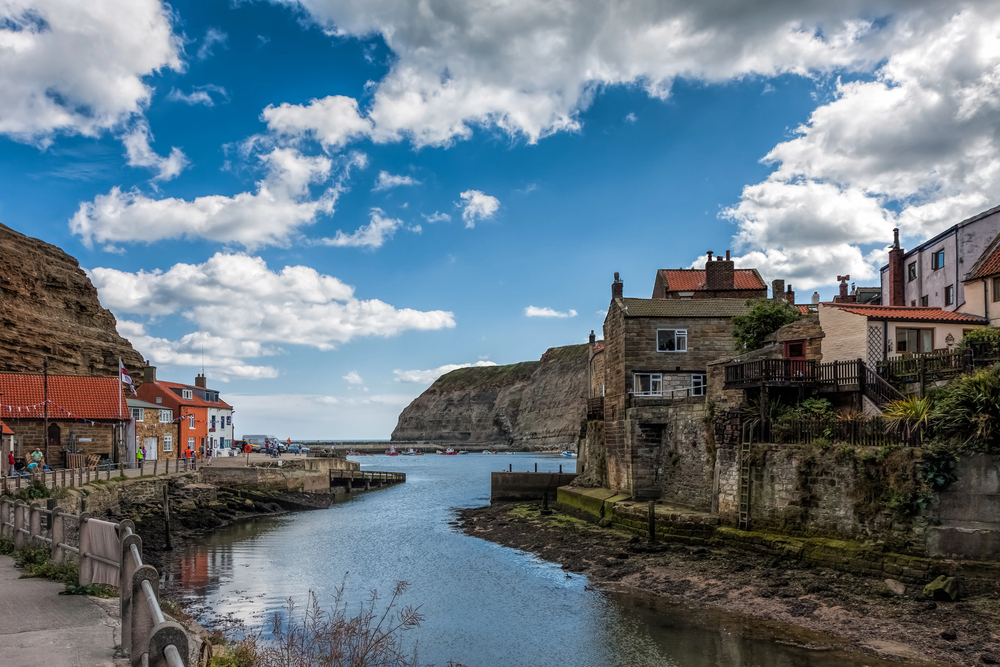
This Yorkshire fishing village tumbles down cliffs to a tiny harbor where fishing boats still bob. Red-roofed cottages cluster together as if huddling against the North Sea winds.
Captain Cook learned his seafaring skills in Staithes, walking the same narrow streets visitors explore today. The village’s strong artistic heritage lives on in its modern-day community of painters and photographers.
Grassington
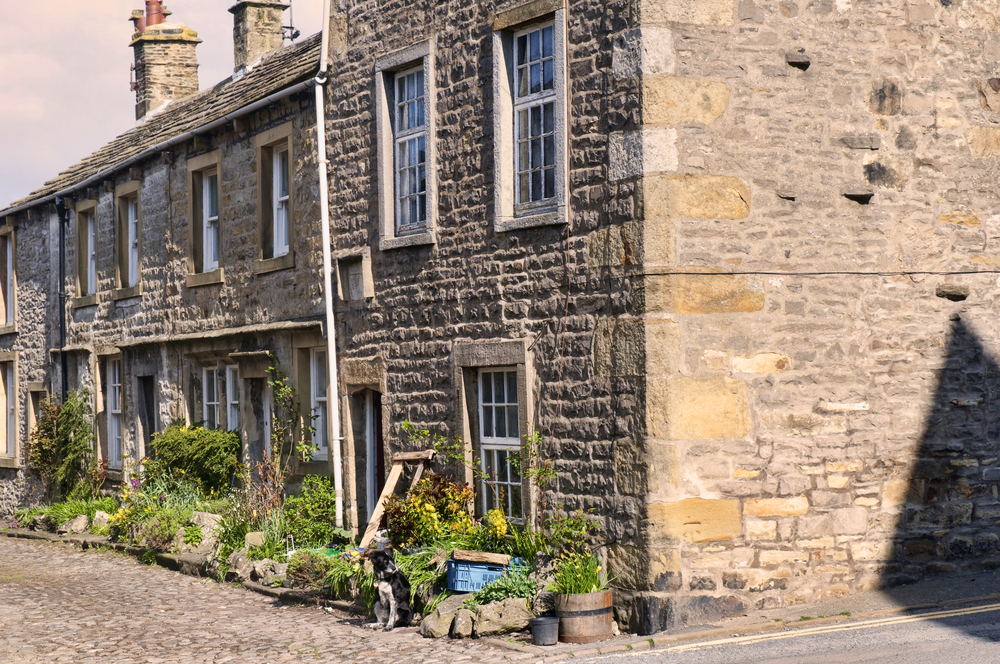
This Yorkshire Dales village preserves its past with traditional stone buildings and narrow winding lanes. The market square, which has witnessed centuries of trade, is surrounded by shops that still serve local needs.
Original cobblestones lead between buildings that tell stories of lead mining and farming heritage. The village’s annual Dickensian Festival transforms the streets into a Victorian Christmas scene.
Like Travel Pug’s content? Follow us on MSN.
Branscombe
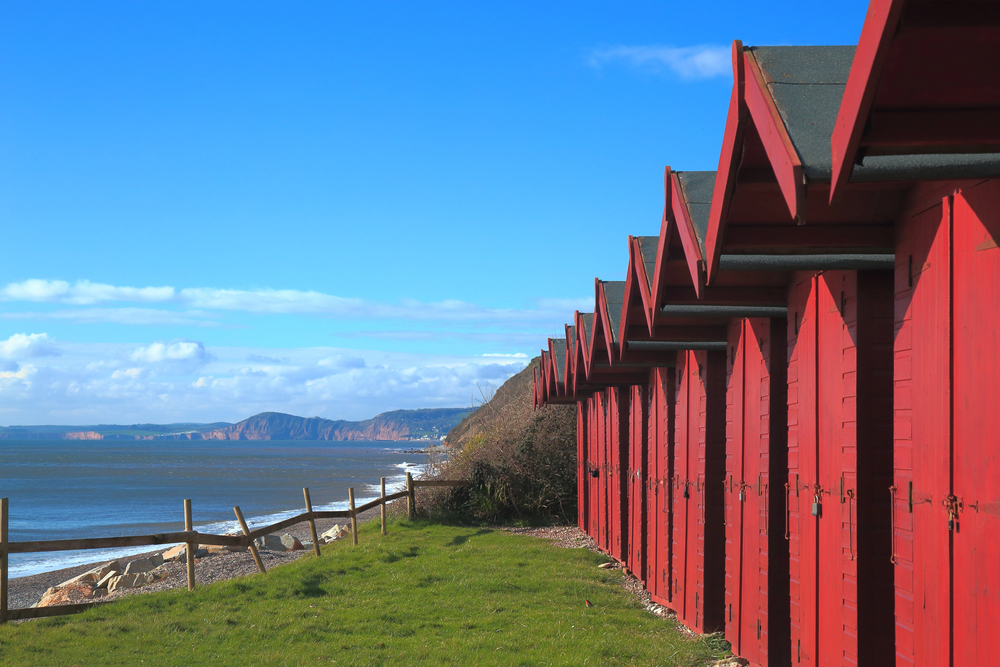
Devon’s longest village stretches along a valley that reaches the sea—thatched cottages scattered along the route, each a photographer’s dream.
The village’s working forge and restored mill depict traditional rural life. Ancient pubs welcome visitors just as they’ve done for hundreds of years.
Hambledon
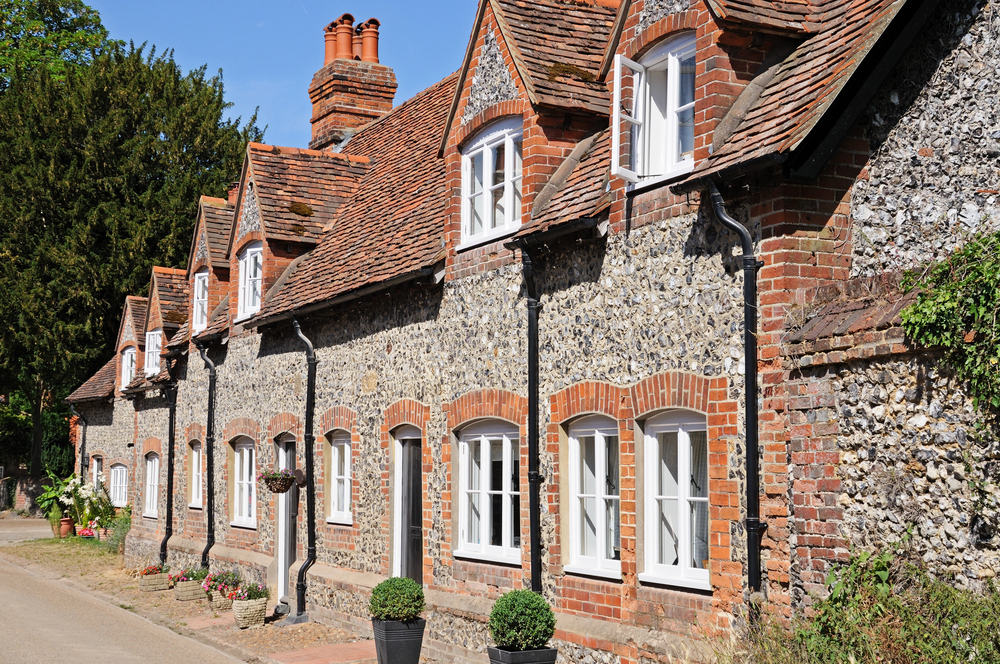
Known as the ‘Cradle of Cricket,’ this Hampshire village centers around its historic cricket ground. Traditional brick and flint cottages line streets that have remained unchanged for centuries.
The village’s connection to wine-making stretches back to Roman times, with vineyards flourishing on local slopes. The old village pump still stands in the square, reminding visitors of simpler times.
Thornton-le-Dale
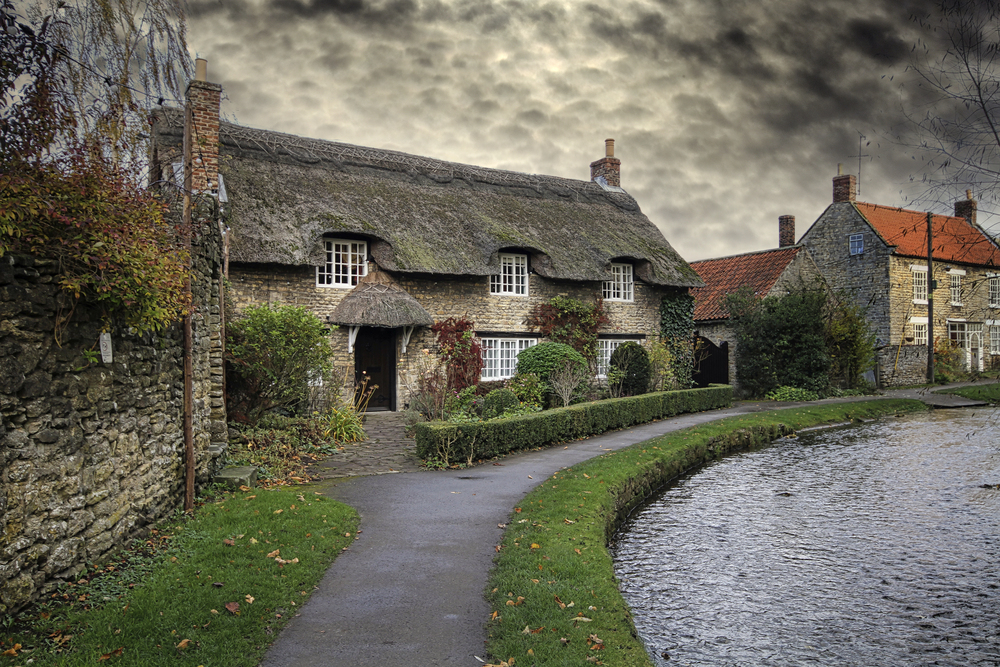
This North Yorkshire village appears on countless postcards thanks to its picture-perfect thatched cottage beside a stream. The village green hosts an ancient market cross, surrounded by buildings that span centuries of architectural styles.
Local legends tell of secret tunnels connecting the village to its medieval church. The beck that runs through the village once powered several mills, though today, it only enhances the peaceful scene.
Like Travel Pug’s content? Follow us on MSN.
Thaxted
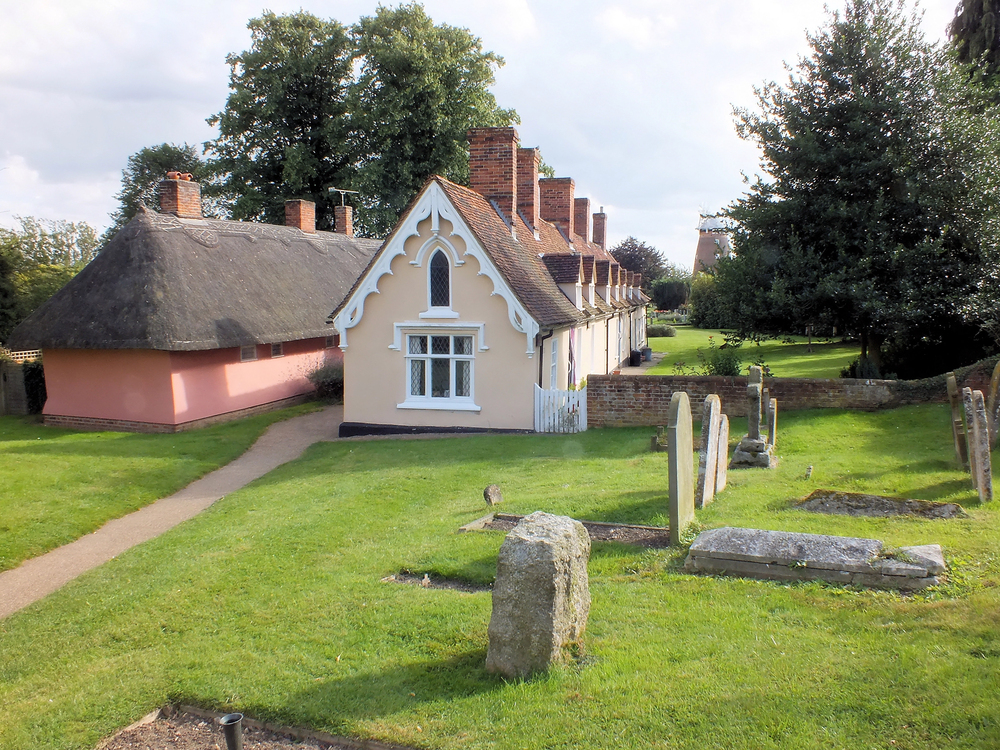
Medieval timber-framed buildings line the streets of this Essex village, overlooked by a magnificent church. The restored windmill stands as a sentinel on the edge of the village, marking the boundary between past and present.
John Webb’s house, built in 1714, proves that even the ‘new’ buildings in Thaxted are historic. The village’s guildhall has watched over the market square since the 1400s.
Cartmel
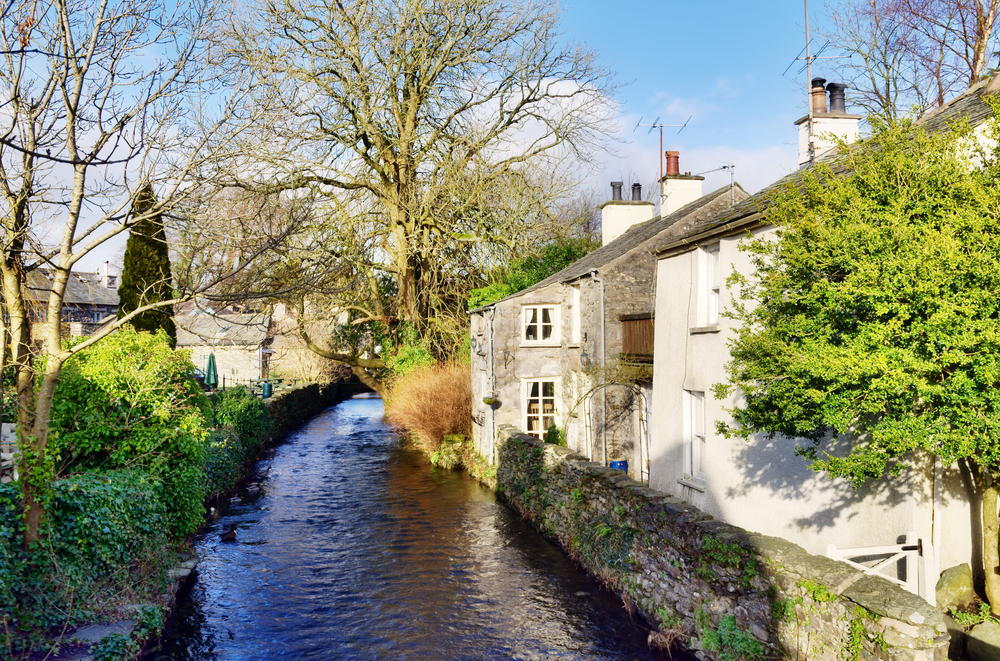
This Lake District village, home to the original sticky toffee pudding, grew up around its 12th-century priory. The village square’s ancient fish slabs remind visitors of centuries of market trading.
Narrow lanes lead to unexpected yards and gardens hidden behind medieval walls. The racecourse brings modern excitement to a village that otherwise seems lost in time.
Shere
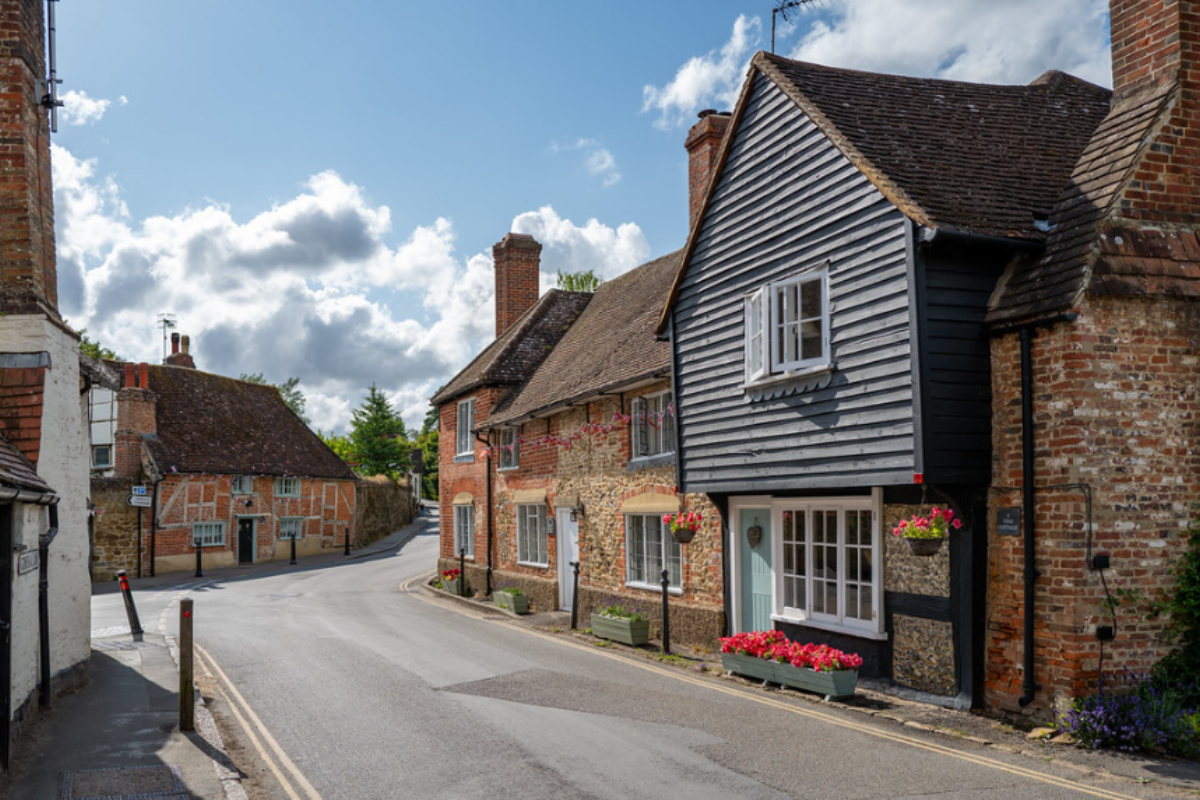
This Surrey village appears in countless films thanks to its perfectly preserved medieval buildings. The stream running through the heart of the village once powered several mills.
St James’ Church still displays its rare ‘Crusaders Gap’ in the chancel wall. The local pub has served travelers since the 15th century, its ancient timbers still bearing witness to centuries of village life.
Like Travel Pug’s content? Follow us on MSN.
Weobley
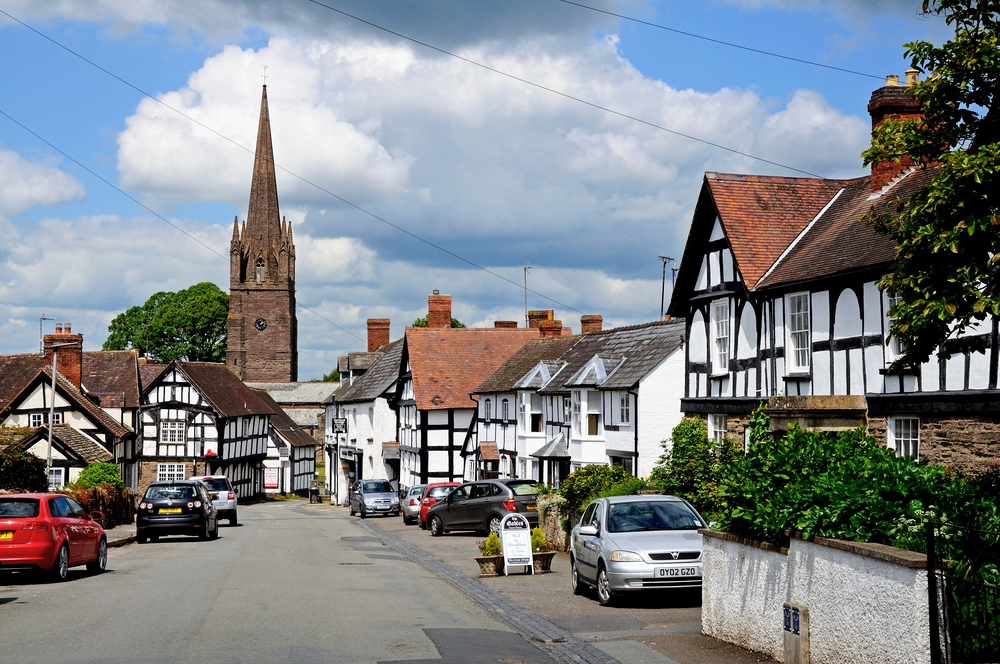
This black-and-white village showcases some of England’s finest half-timbered buildings. The market hall stands on wooden stilts, just as it has since medieval traders gathered beneath.
Local legends tell of ghosts walking the ancient streets after dark. The village’s magpie buildings earned it a place among Herefordshire’s famous Black and White Village Trail.
Amberley
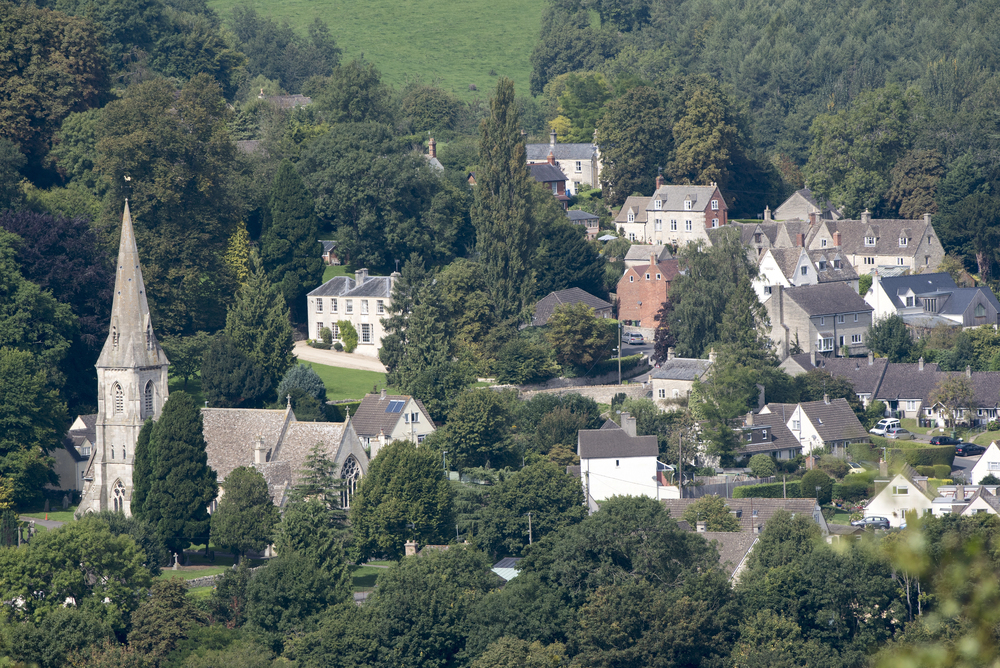
Nestled in the South Downs, Amberley’s thatched cottages line lanes that lead nowhere but the past. The village’s ancient chalk pits tell stories of industries long forgotten.
The castle remains watch over a village that has changed little since medieval times. Every building tells a story, from the old schoolhouse to the village pottery.
Blanchland
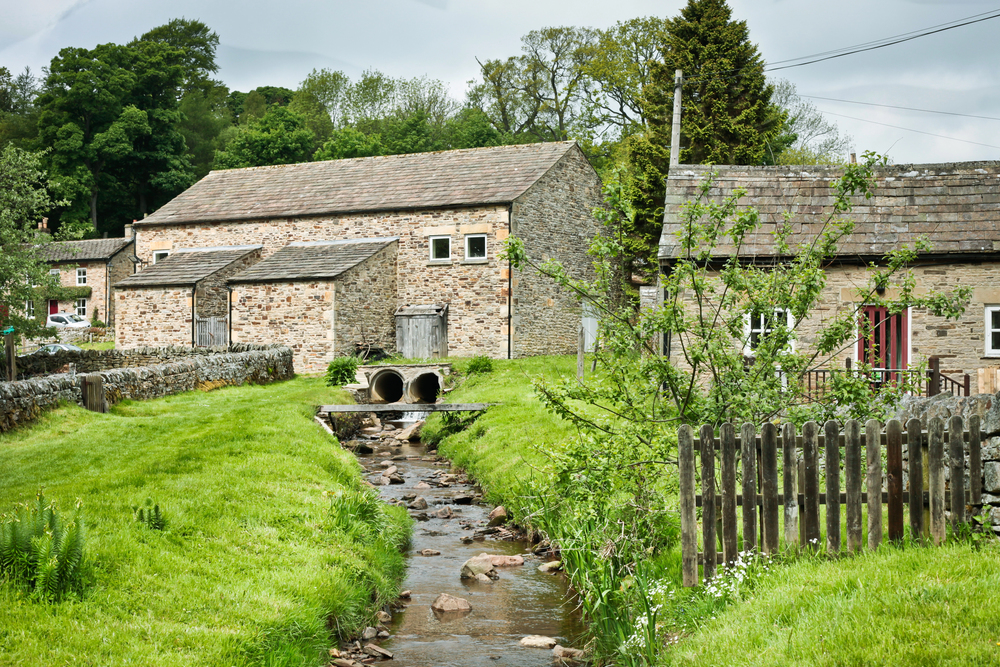
This Northumberland village follows a perfect medieval pattern, built from the stones of its dissolved abbey. The village pub was once the abbot’s lodge, its stones holding centuries of stories.
The village post office occupies what was once the abbey gatehouse. Time seems to move more slowly in this remote valley, where modern life barely intrudes.
Like Travel Pug’s content? Follow us on MSN.
Long Ago and Today
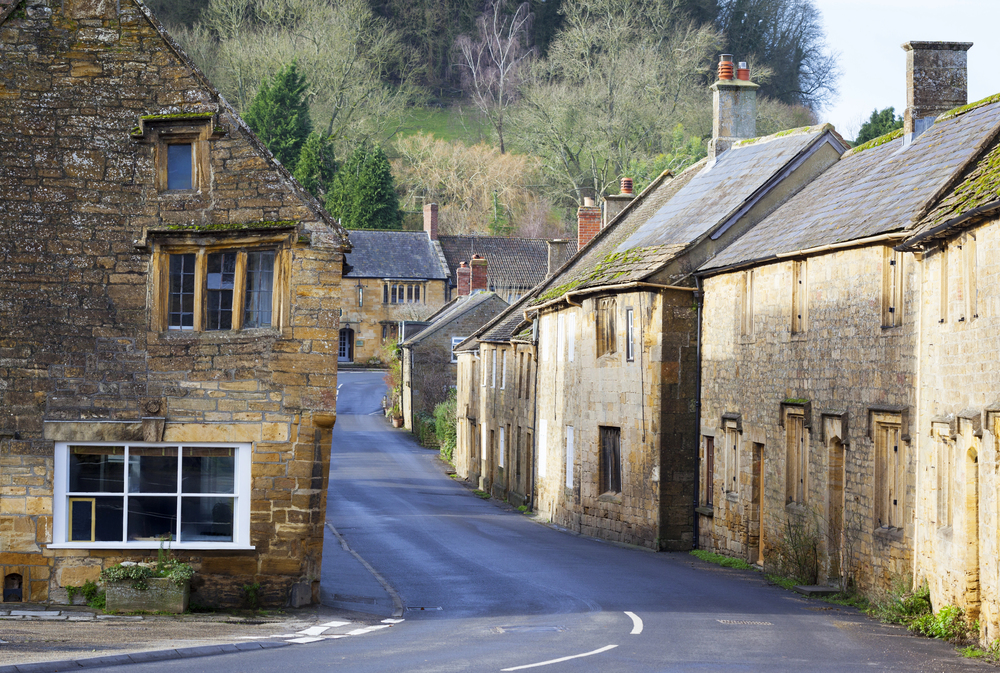
These villages are living museums, keeping England’s rural heritage alive in an ever-changing world. Their ancient stones and timeless traditions remind us of a pace of life that once moved with the seasons rather than the secondhand.
What makes these places truly special isn’t just their preserved buildings or historic landmarks but the way they continue to be living, breathing communities. Here, past and present don’t just meet—they share a cup of tea in a cottage that’s witnessed centuries of village life.
More from Travel Pug

- 20 Towns Built for One Purpose That Were Later Abandoned
- 15 Hidden Spots in Disney World’s Magic Kingdom Most Visitors Miss
- 15 Most Scenic Walks Anywhere in The World
- 15 Canyons in the U.S. That Are Just as Stunning as the Grand Canyon
- 10 Under-the-Radar Mountain Towns That Are Both Affordable and Beautiful
Like Travel Pug’s content? Follow us on MSN.
